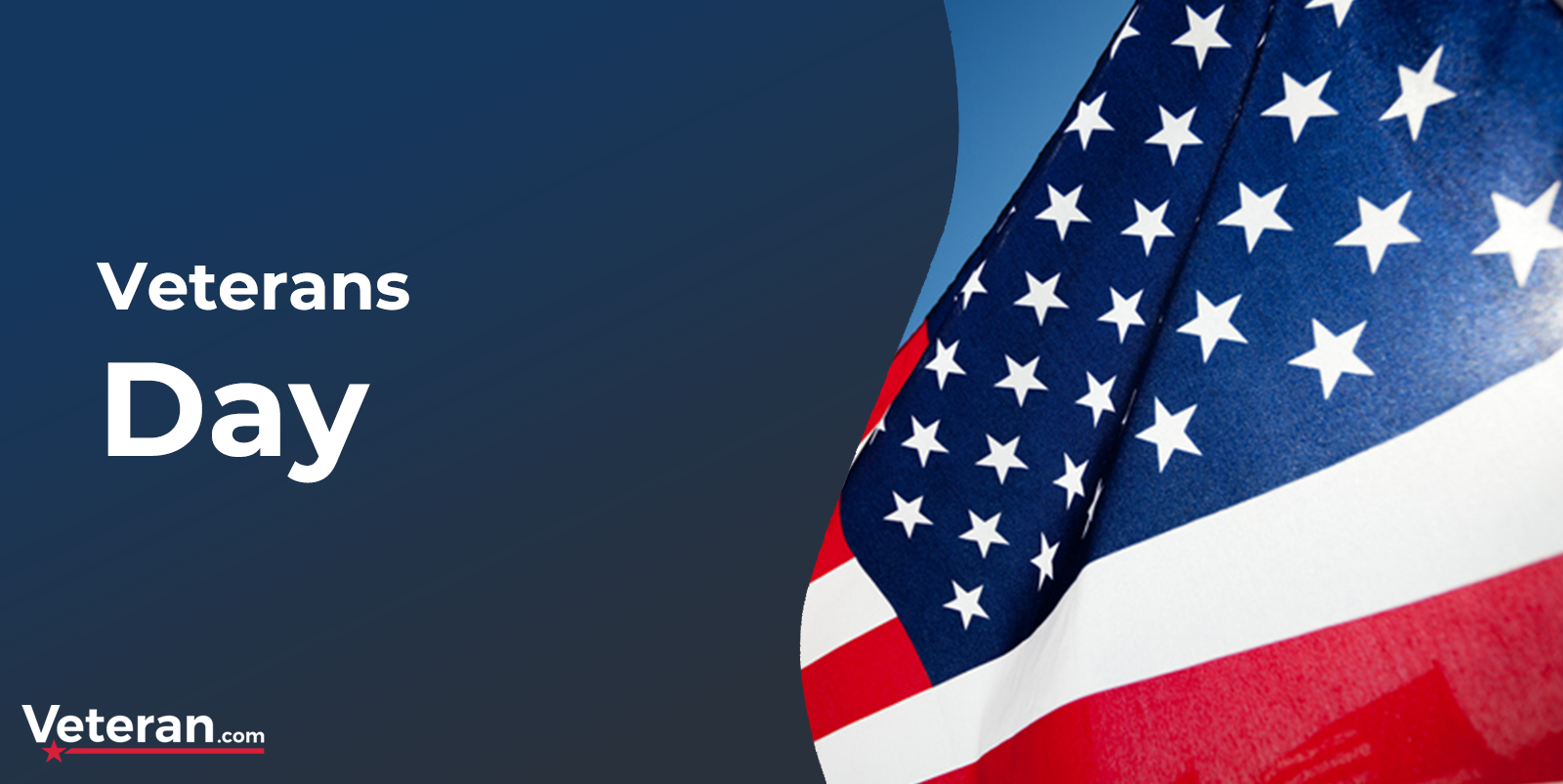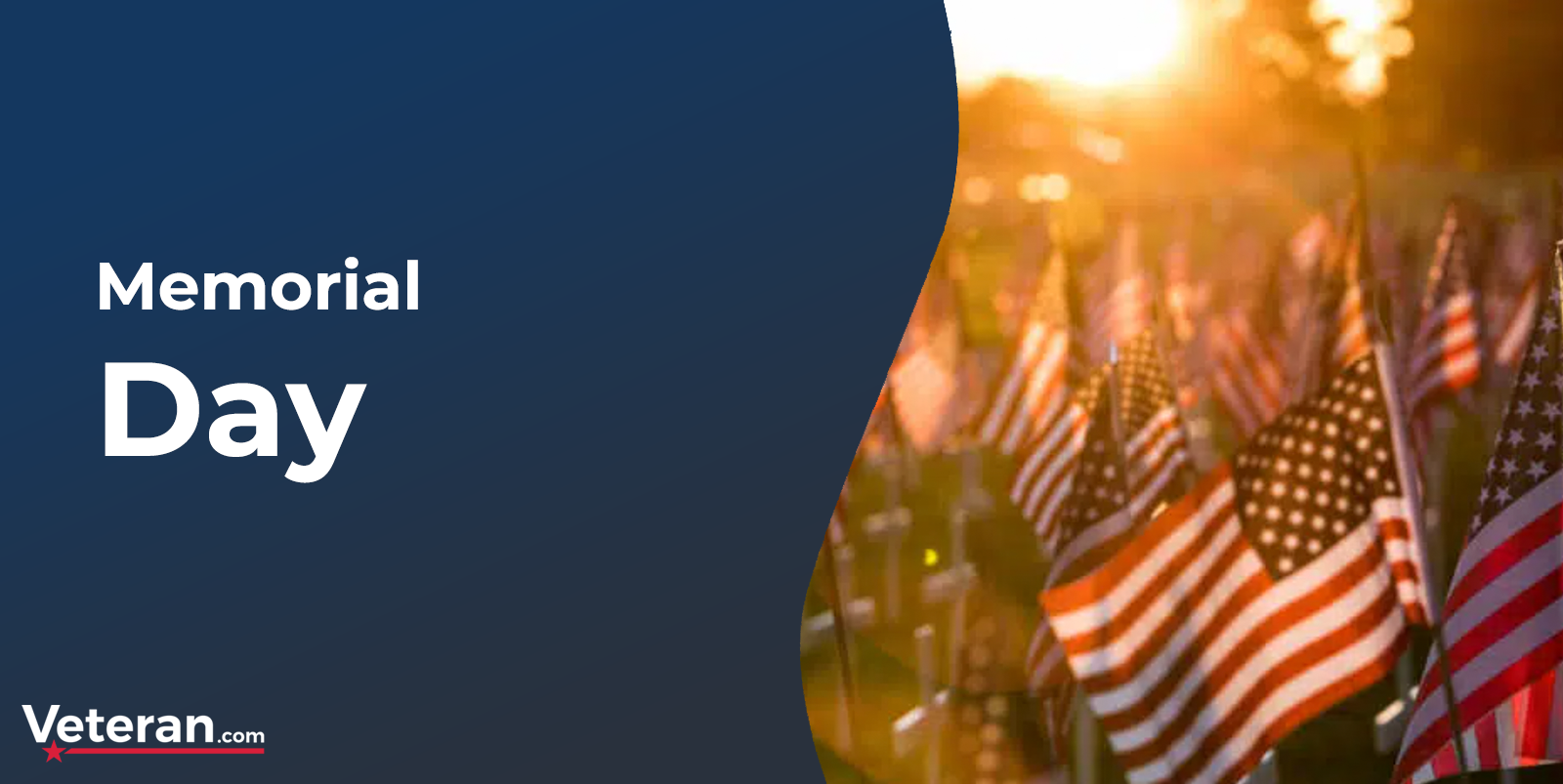Four Chaplains Day
Updated: January 3, 2024

Military service often entails sacrifice. Service members must sacrifice time with loved ones in order to carry out orders. Families must sacrifice stability in residence in order for service members to be stationed where they are needed.
Troops must sacrifice creature comforts and familiar surroundings in order to forward deploy. And, at times, men and women of the military might have to make the ultimate sacrifice for their fellow soldiers, sailors, airmen, or Marines. However these sacrifices may be acknowledged, whether honored publicly or observed privately, they are a part of the reality that is serving in the military.
Four Chaplains Day is one such day of public observation. Each year on Feb. 3rd, this day of remembrance is celebrated across the country. It honors four military chaplains who sacrificed their own lives to save the lives of their fellow service members during WWII.
Four Chaplains Day will be observed on Saturday, Feb. 3rd, 2024.
Who Were the Four Chaplains?
The men who came to be known as the Four Chaplains were Methodist minister the Reverend George L. Fox, Reformed Church in America minister the Reverend Clark V. Poling, Reform Rabbi Alexander D. Goode (PhD), and Roman Catholic priest Father John P. Washington. The four men had met while attending Chaplains School at Harvard in preparation for each of their appointments as chaplains.
George Lansing Fox was born March 15, 1900, in Lewistown, Pennsylvania. He left school at 17 and lied about his age in order to serve as an Army medical corp assistant in WWI. During his tour of duty, Fox was awarded the Purple Heart, the Silver Star, and the French Croix de Guerre for his bravery. Then, during WWII, Fox accepted an appointment as an Army chaplain on July 24, 1942 and began active duty on Aug. 8, 1942. After he completed Army Chaplains school at Harvard, Fox reported to the 411th Coast Artillery Battalion at Camp Davis in North Carolina.
Clark Vandersall Poling was born Aug. 7, 1910, in Columbus, Ohio. He studied at Yale University’s Divinity School in New Haven, Connecticut. Polling graduated with his B.D. degree in 1936, and was ordained in the Reformed Church in America. During WWII, he applied to serve as an Army chaplain, and accepted his appointment on June 10, 1942. On June 25, he reported to the 131st Quartermaster Truck Regiment at Camp Shelby, Hattiesburg, Mississippi.
Reform Rabbi Alexander D. Goode (PhD) was born in Brooklyn, New York on May 10, 1911. He studied for the rabbinate at Hebrew Union College. He graduated with a B.H. degree in 1937, and then received his PhD from Johns Hopkins University in 1940. Goode had originally applied to become a Navy chaplain in 1941, but was not accepted. However, after the attack on Pearl Harbor, he applied to become an Army chaplain. Goode received his appointment on July 21, 1942 and went on active duty on Aug. 9, 1942. After Chaplains School at Harvard, he was then assigned to the 333rd Airbase Squadron in Goldsboro, North Carolina.
John Patrick Washington was born in Newark, New Jersey on July 18, 1908. To prepare for entrance into the priesthood, he completed high school and college courses at Seton Hall, in South Orange, New Jersey. Washington graduated in 1931 with an A.B. Degree, then entered Immaculate Conception Seminary in Darlington, New Jersey, where he was ordained a priest on June 15, 1935. Shortly after Pearl Harbor, Washington received his appointment as an Army chaplain. He reported for active duty on May 9, 1942, and was assigned to the 76th Infantry Division in Ft. George Meade, Maryland in June.
Sinking of the SS Dorchester
After the four new chaplains had completed Chaplain School at Harvard, they all boarded the USAT Dorchester to travel to Europe and report to their new assignments. The Dorchester left New York on Jan. 23, 1943, with a convoy of ships headed for the Army Command Base at Narsarsuaq in southern Greenland. The vessel carried a total of 904 service members.
Because German U-Boats were known to monitor sea lanes, and because Coast Guard sonar detected submarine activity in the area the convoy would travel through, the ship’s captain Hans J. Danielsen ordered the ship’s crew to be on high alert. This included orders for the men to sleep in their clothing and keep their life jackets on most of the time. Due to the heat deep in the ship’s hold, many men disregarded these orders and slept without clothes. Many also opted not to wear their life jackets due to how bulky and uncomfortable these were.
On Feb. 3, 1943, at 12:55 a.m., German submarine U-223 torpedoed the Dorchester off the coast of Newfoundland. This blow knocked out the ship’s electrical system. As darkness set in, so did panic, as many men were trapped below decks. In the midst of this chaos, the chaplains worked together to try and instill calm and also help as many men as they could. This cooperation was deemed extraordinary at the time due to the four being from such different backgrounds and beliefs.
There are numerous eye-witness accounts of the four chaplains’ heroism. When the supply of life jackets ran out before each man had one, the chaplains removed their own life jackets and gave them to others. The chaplains also helped as many men as they could into lifeboats.
Petty Officer John J. Mahoney recalled that, when he attempted to reenter his cabin to retrieve his gloves for protection against the Arctic cold, Rabbi Goode stopped him, said, “Never mind. I have two pairs,” and gave Mahoney gloves. The petty officer later realized the sacrifice Rabbi Goode had made: the rabbi had not had two pairs of gloves, but given his only gloves to Mahoney with the intention to remain on the Dorchester.
As he floated in the frigid Arctic water, surrounded by debris, oil, and dead bodies, Pvt. William B. Bednar heard “men crying, pleading, praying. I could also hear the chaplains preaching courage. Their voices were the only thing that kept me going.”
Grady Clark, another survivor, said, “As I swam away from the ship, I looked back. The flares had lighted everything. The bow came up high and she slid under. The last thing I saw, the four chaplains were up there praying for the safety of the men. They had done everything they could. I did not see them again. They themselves did not have a chance without their life jackets.” The four then linked arms, said prayers, and sang hymns as they went down with the ship.
Because the water temperature was 34 degrees and the air temperature was 36 degrees, hundreds of men died due to hypothermia before rescue ships came. Of the 904 men aboard the ship, only 230 were rescued.
Posthumous Medals
On Dec. 19, 1944, Congress posthumously awarded each of the chaplains the Purple Heart and the Distinguished Service Cross. Congress also attempted to posthumously confer the Medal of Honor on each chaplain. However, because the chaplains had acted after the torpedo attack was over, and this medal required heroism performed “under fire,” they did not technically qualify. In response, members of Congress authorized the Four Chaplains’ Medal, a special medal intended to have the same weight and importance as the Medal of Honor. It was approved by a unanimous act of Congress on July 14, 1960, and Secretary of the Army Wilber M. Brucker presented the medals to the next of kin of each chaplain at Ft. Myer, Virginia on Jan. 18, 1961.
Observances, Honors, Foundations, and Memorials
Today, there are numerous honors dedicated to the four chaplains. This is not an exhaustive list, but rather represents a portion of those honors.
Four Chaplains Day
In 1988, Congress established Feb. 3rd as an annual “Four Chaplains Day.” Observations vary from state to city. Politicians issue official proclamations, and, at times, flags fly at half-staff. Numerous military groups, civilian groups, and organizations also hold ceremonies and observances. The American Legion also holds commemorative services and programs at many posts throughout the nation.
Memorial Service to Commemorate Four Chaplains Day
Held on or close to Feb. 3, four chaplains memorial services are often multi-faith. Typical symbols to represent the four chaplains include four candles, pictures of each chaplain, or four easels each holding a life jacket.
Four Chaplains Commemorative Stamp
A commemorative stamp for the chaplains was designed by Louis Schwimmer, the head of the Art Department of the New York branch of the U.S. Post Office Department, and issued in 1948. Until 2011, stamps were usually only issued for a president at least 10 years after his death, which makes this stamp exceptional.
Chapel of the Four Chaplains
On Feb. 3, 1951, President Harry S. Truman dedicated the Chapel of the Four Chaplains in the basement of Grace Baptist church in Philadelphia. In his dedication speech, President Truman said, “This interfaith shrine… will stand through long generations to teach Americans that as men can die heroically as brothers so should they live together in mutual faith and goodwill.”
The Four Chaplains Memorial Foundation
Housed at the former Naval Chapel at the decommissioned South Philadelphia Navy Yard, the Four Chaplains Memorial Foundation is the only national 501(c)(3) charity related to the Four Chaplains’ legacy. The foundation was founded by the chaplains’ families and survivors of the Dorchester tragedy, including 3 survivors of U-boat 223, who were transported to the US as POWs on the Queen Mary one year after the Dorchester attack. The foundation’s official mission statement is “to further the cause of unity without uniformity,” and it achieves this mission through a variety of activities:
- Awards to honor individuals whose deeds symbolize the legacy of the four chaplains.
- Support for memorial services that honor the memory of the chaplains.
- Publication of the Guidelines for Four Chaplains Interfaith Memorial Services.
- Sponsors for an “Emergency Chaplains Corps” to provide support for first responders in disaster situations.
- Scholarship competitions for graduating high school seniors, focusing on the values of “inclusion, cooperation, and unity” exemplified by the Four Chaplains story. This includes a National Art Scholarship contest, a National Essay Scholarship contest, and a National Project Lifesaver Scholarship contest.
Additional honors for the four chaplains include:
- Stained glass windows at the Pentagon, the National Cathedral, and West Point
- The Immortal Chaplains Memorial Sanctuary on the Queen Mary in Long Beach, California, which is operated by The Immortal Chaplains Foundation
- Memorial sculptures, such as the Brotherhood Memorial in the Cleveland Cultural Gardens, and the Memorial at Arbor Crest Cemetery, created by sculptor Carlton W. Angell, dedicated to the Four Chaplains in Ann Arbor, Michigan in 1954
- “Field of the Four Chaplains” at Fort Benning, Georgia
- Four Chaplains Monument in Bottineau, North Dakota
Most Popular Holidays and Observances Articles

Federal & Training Holidays

Military Calendar – Holidays, Events, Observances

Veterans Day 2024

Memorial Day 2024































































